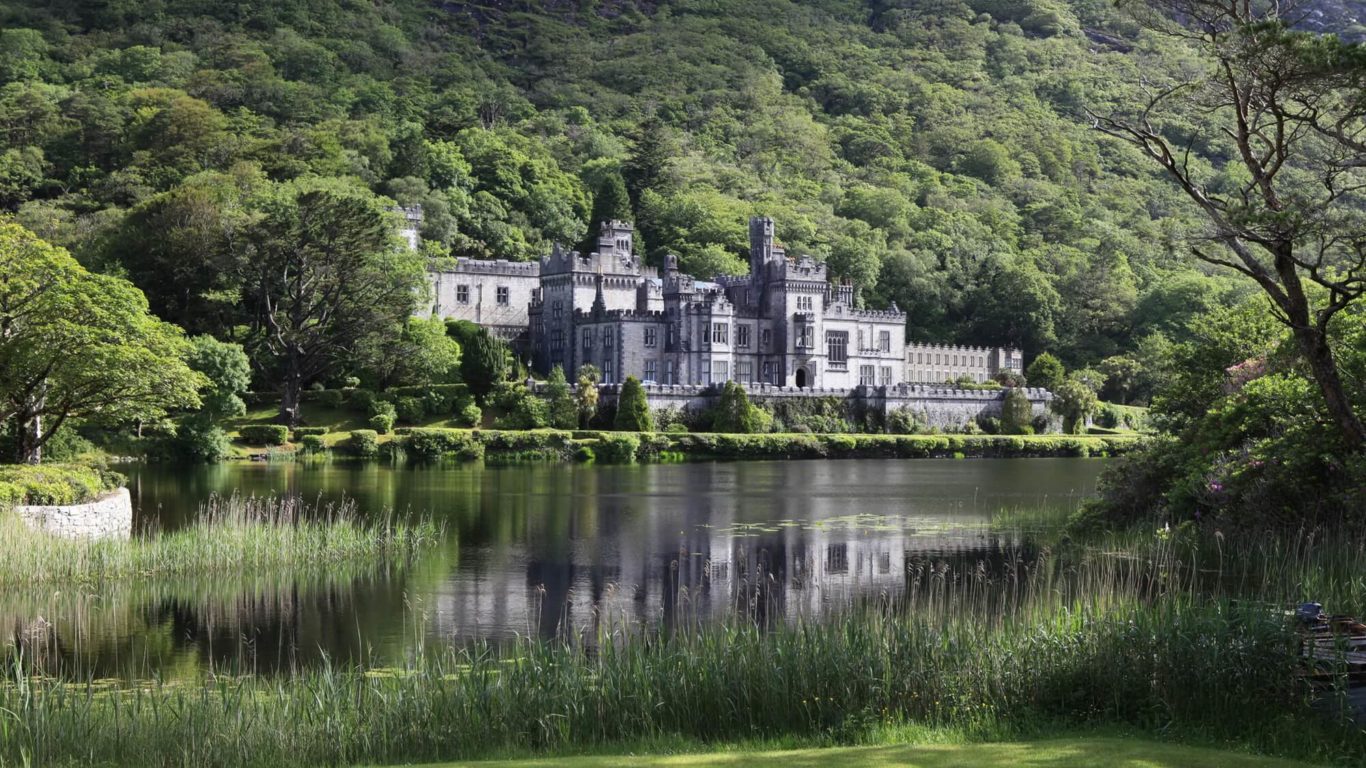Our city is as famous for its fantastic food and nightlife as it is for its cutting-edge arts, music, design and theatre scenes but more importantly it’s warm welcoming people, that make it feel like it’s not a city at all. Known as the City of Tribes, there’s rarely a weekend without a festival or cultural celebration in the city. Even if there isn’t, you could spend hours exploring its maze of colourful cobbled streets, and it won’t be long before the sound of a traditional session draws you into a local pub. Spend some time strolling around our beautiful Galway City, here are just some of the spots we recommend by day or night
Tourist Attractions in Galway City
Places to see within walking distance of The House Hotel
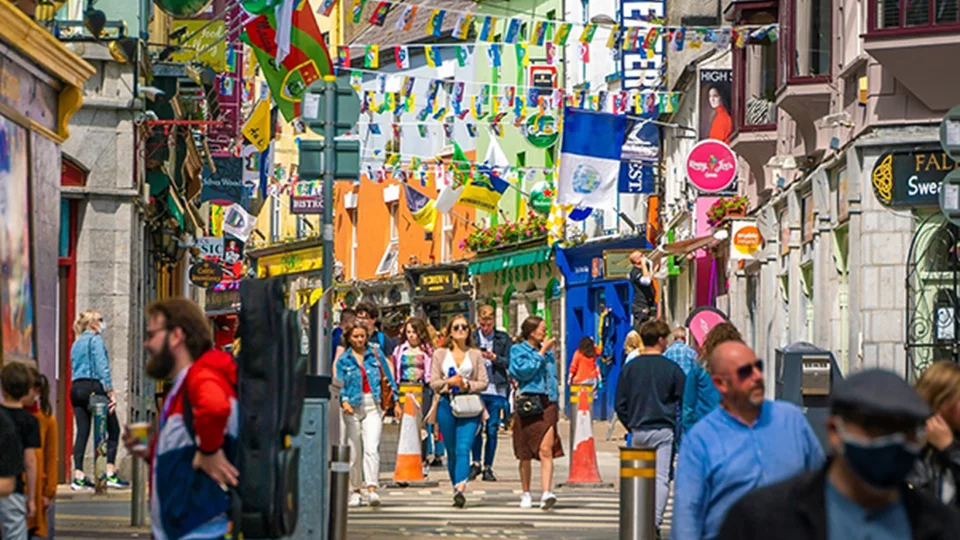
Latin Quarter
Where The House Hotel is located, the Latin Quarter is on the left bank of the River Corrib from O’Briens Bridge down to the Spanish Arch. In the heart of the atmosphere, culture, food and drink...
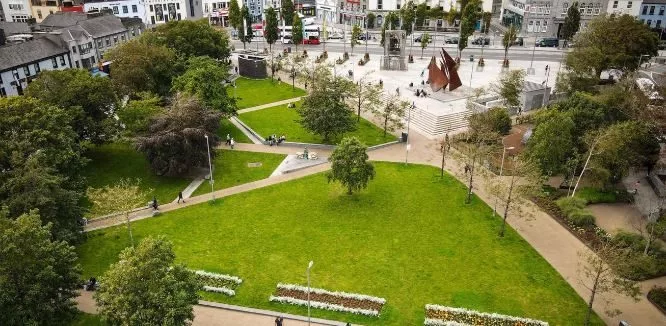
Eyre Square
Galway’s main public space is just up from the Latin Quarter, and was originally a town green in front of the old gates, used for markets. In this small and sociable place you’ll come by many...
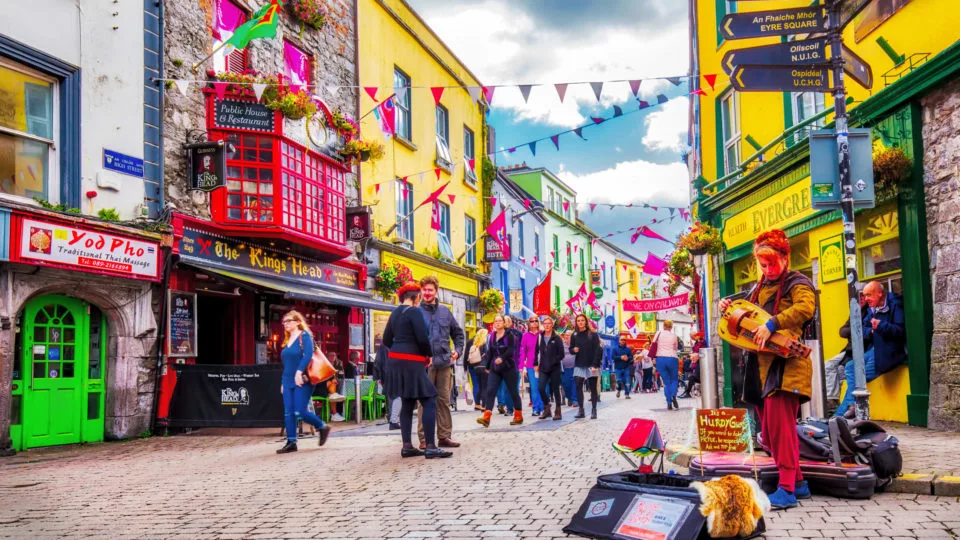
Quay Street
Sloping down to the river in the Latin Quarter, Quay Street is a fun and friendly pedestrian artery with colourful storefronts, trendy shops, restaurants and bar terraces under awnings. Rain or shine
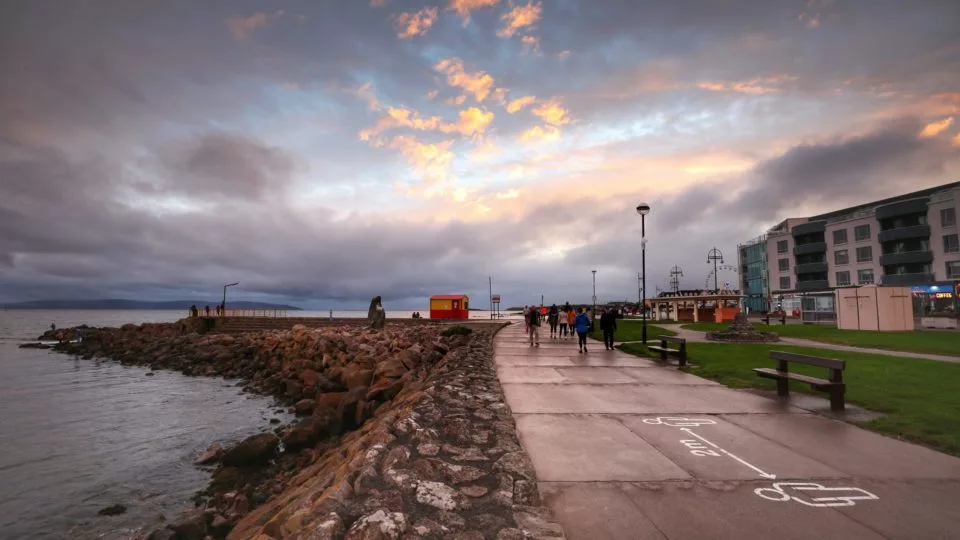
Salthill Promenade
Galway's Seaside where the local's hang out, get a coffee, go for a swim, dive off the famous Blackrock Tower. Walk the prom and kick the wall at the end like the Galwegian's do!
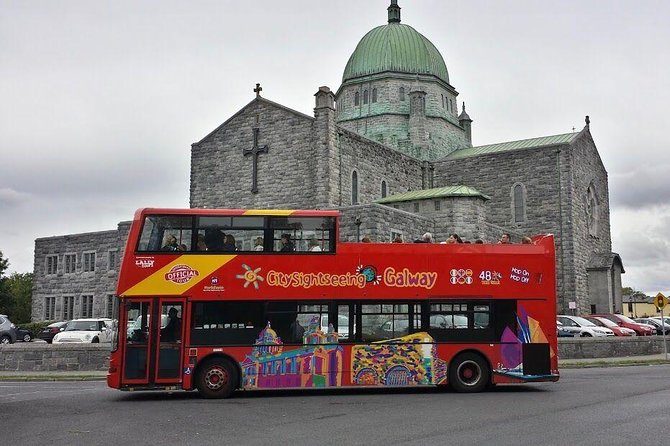
Galway Cathedral
This landmark limestone construction is centuries old. In truth it was begun in 1958 and completed in 1965, on the site of Galway’s old city prison.

The Dough Bros
This landmark limestone construction is centuries old. In truth it was begun in 1958 and completed in 1965, on the site of Galway’s old city prison.
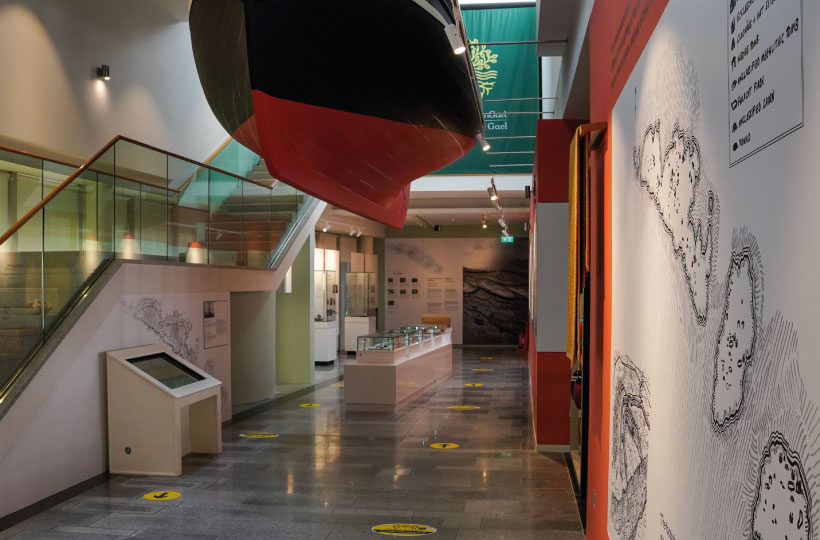
Galway City Museum
Right beside The House Hotel, by the Corrib River, the Galway City museum opened in a new building in 2007 and is a free and multifaceted attraction covering Galway’s archaeology, folk history/Art
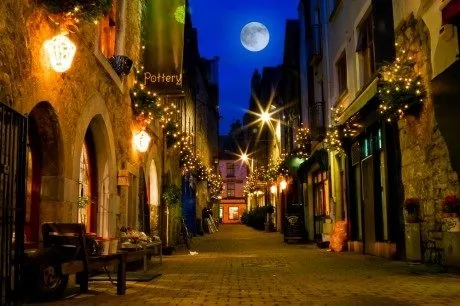
Kirwan's Lane
Named after one of Galway’s 14 Tribes, the quaint Kirwan’s Lane lies inside Galway’s former city walls. This tight pedestrian street curves through a ravine of rustic stone houses.
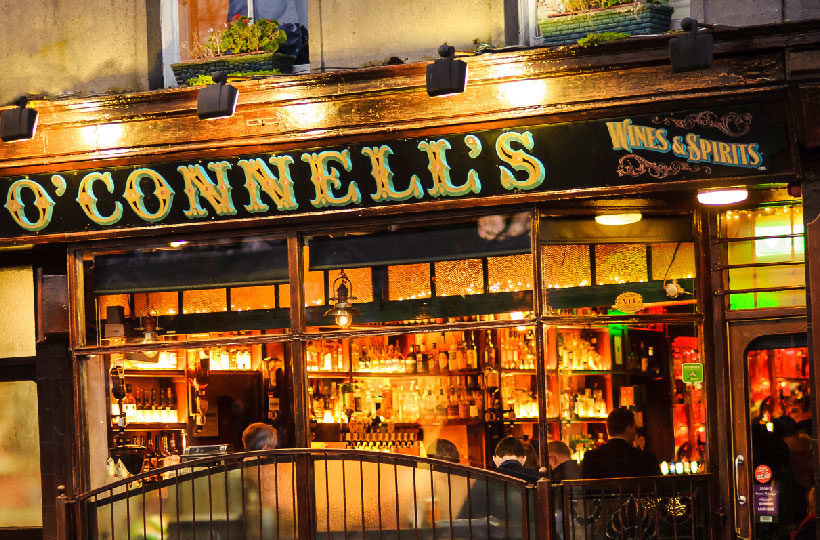
O'Connells
Award winning bar & beer garden Galway City Winner of Best Outdoor Space 2022 No bookings Walk INS only serving The Dough Bro's and Pratai food on site. (not to be missed!)
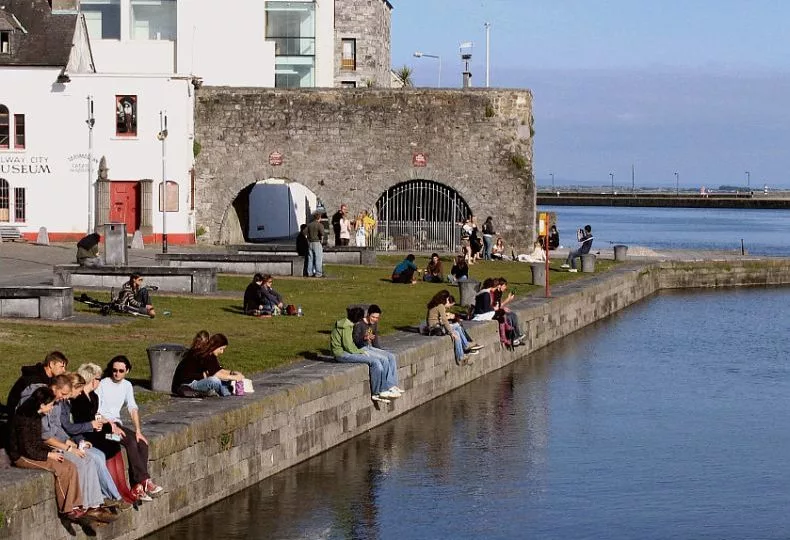
Spanish Arch
Right in front of the Galway City Museum are the last surviving arches of the Ceann an Bhalla, or Front Wall. Known to local's as the Sparch a perfect place for an alfresco drink and food.
There are so many visitor attractions in Galway City. The House Hotel provides the perfect base for you to explore Galway from.
The Saturday Market –Galway’s famous local artisan market selling fresh produce, delicious food, and locally produced crafts. Located just off Shop Street- 2 minutes away. Open Saturdays and Bank Holidays from 8am to 6pm and Sundays 12 noon to 6pm.
Druid Theatre – www.druid.ie – Druid was founded in Galway in 1975 by graduates of the National University of Ireland, Galway, Garry Hynes, Mick Lally (1945 – 2010) and Marie Mullen – the first professional theatre company in Ireland to be based outside Dublin.
An Taibhdhearc Theatre –http://antaibhdhearc.com/-Is iomaí forbairt atá tarlaithe sa Taibhdhearc ó bunaíodh í sa bhliain 1928, agus tá sí fós ag tógáil ar a bunchloch daingean agus ar aidhm a bunaitheoirí, go mbeadh An Taibhdhearc mar theallach ag drámaíocht na Gaeilge agus go spreagfadh sí nuadhrámaíocht na Gaeilge.
Town Hall Theatre- http://tht.ie/– the venue is the epicentre of activity for virtually all of Galway’s key festivals and cultural events including Galway Arts Festival, Galway Film Fleadh, Cuirt and Baboro Children’s Festival to name but a few.
Galway Arts Centre –http://www.galwayartscentre.ie/ – Galway arts Centre is a bustling hub of Art, Literature and performance Art in the heart of Galway City.
St Nicholas’s Collegiate Church –http://www.stnicholas.ie –The Church is a fine medieval building, you will find much to attract and fascinate you. There are free guide sheets in many languages available. The Church is a place of tranquility in the midst of a busy city.
Lynch’s Castle –was once the home to the most powerful family in Galway. This incredible Limestone building is a fine example of an Irish gothic style. Situated between Shop Street and Abbeygate Street, this castle gives us a rare glimpse of old Galway. A strong feature on all tours of Galway.
Quadrangle NUI Galway – www.nuigalway.ie – The Quadrangle first opened its doors to 63 students on 30th October 1849 and the University, then known as Queen’s College was born. The University was one of three Queen’s Colleges, the others located in Cork and Belfast. The Quadrangle building, built in local limestone in a Tudor Gothic architectural style, is modelled on Christ Church at the University of Oxford. The ‘Quad’ still stands proudly at the heart of the University today as a testament to its past. It is now used primarily for administrative purposes and houses the offices of the President and the Vice-Presidents.
Home of Nora Barnacle, Bowling Green – Nora Barnacle, the wife of James Joyce, was born here into the family of a baker.
The Famine Ship memorial Celia Griffin Park, Grattan Salthill –On the 4 July 2012 the Galway Famine Ship Memorial was dedicated at the Celia Griffin Memorial Park at Grattan Beach, Galway. “The unveiling of the monument will be Galway’s tribute to Celia Griffin and the many thousands of children like her who perished in the Famine, and also to the ships and crews which carried so many of our people to safety .Celia Griffin has come to symbolise all the children who lost their lives in the Great Famine.
Corrib Princess –Hop on the Corrib Princess, which departs from Woodquay in the city centre and tour the Corrib river and lake. www.corribprincess.ie.
